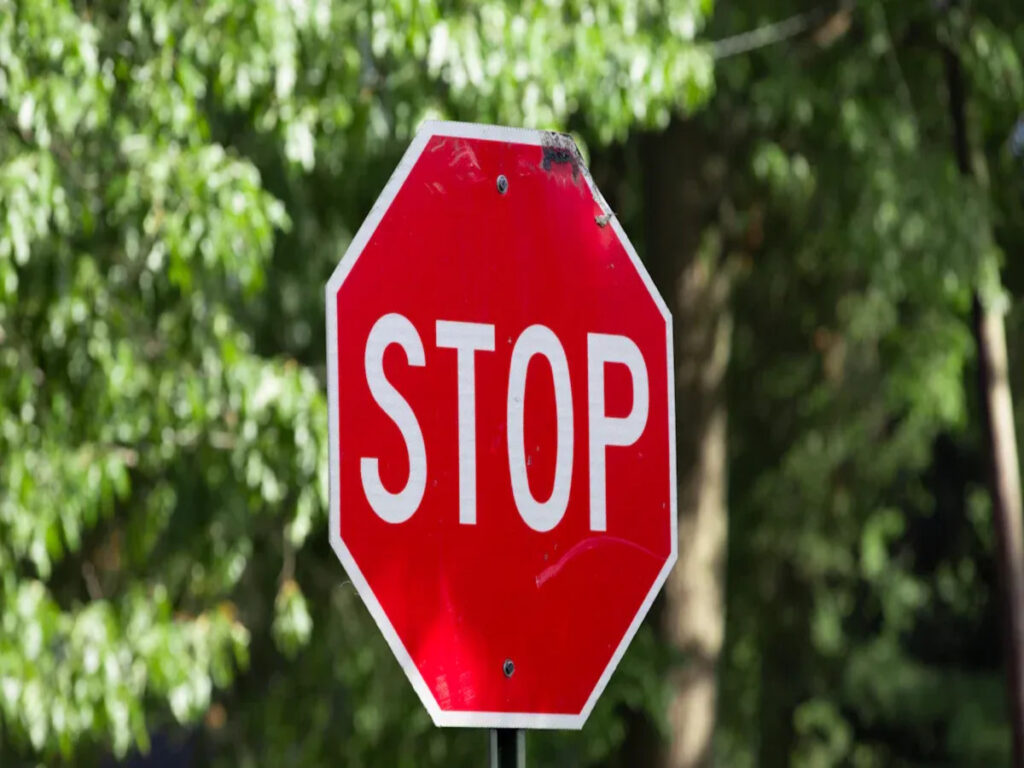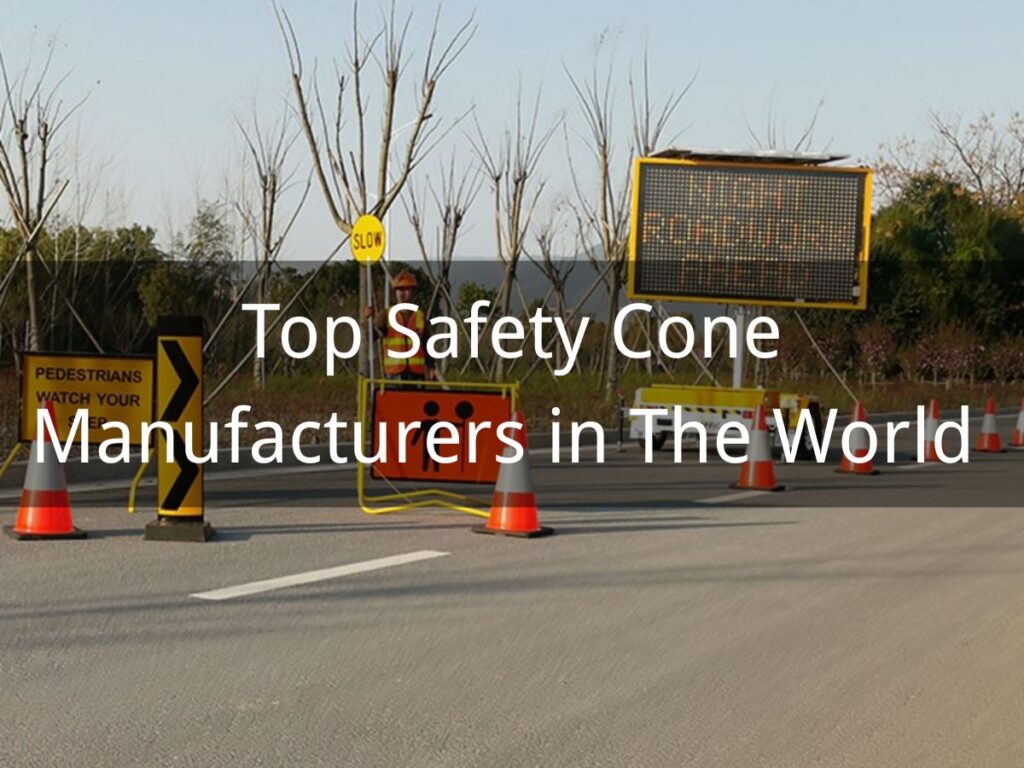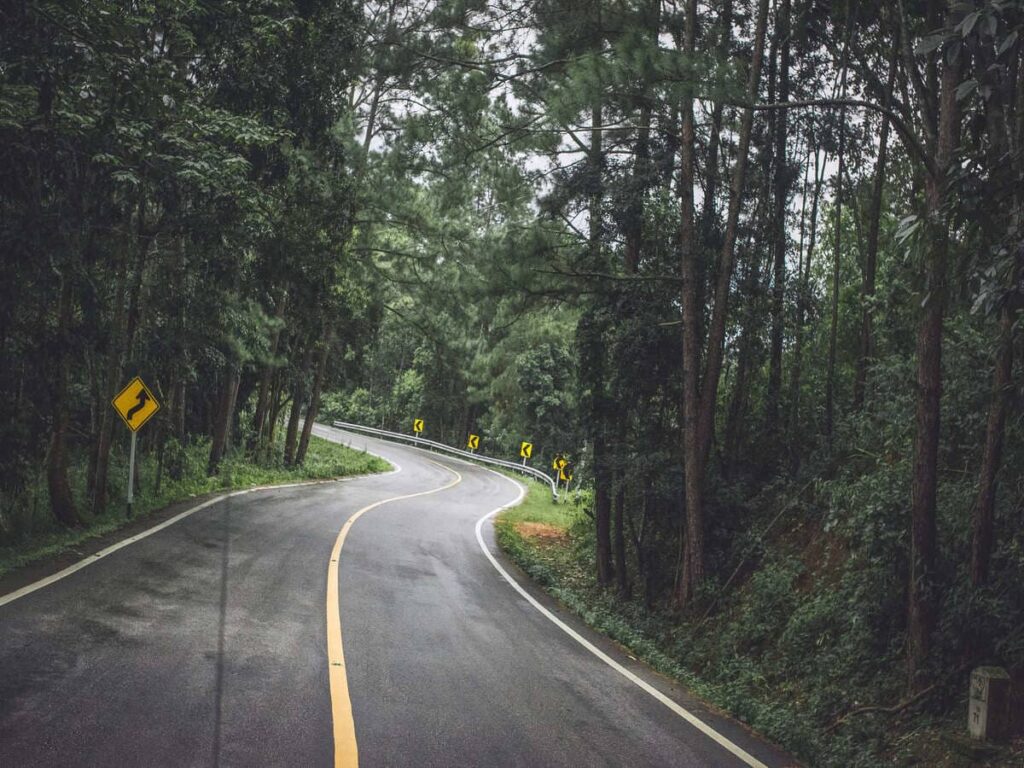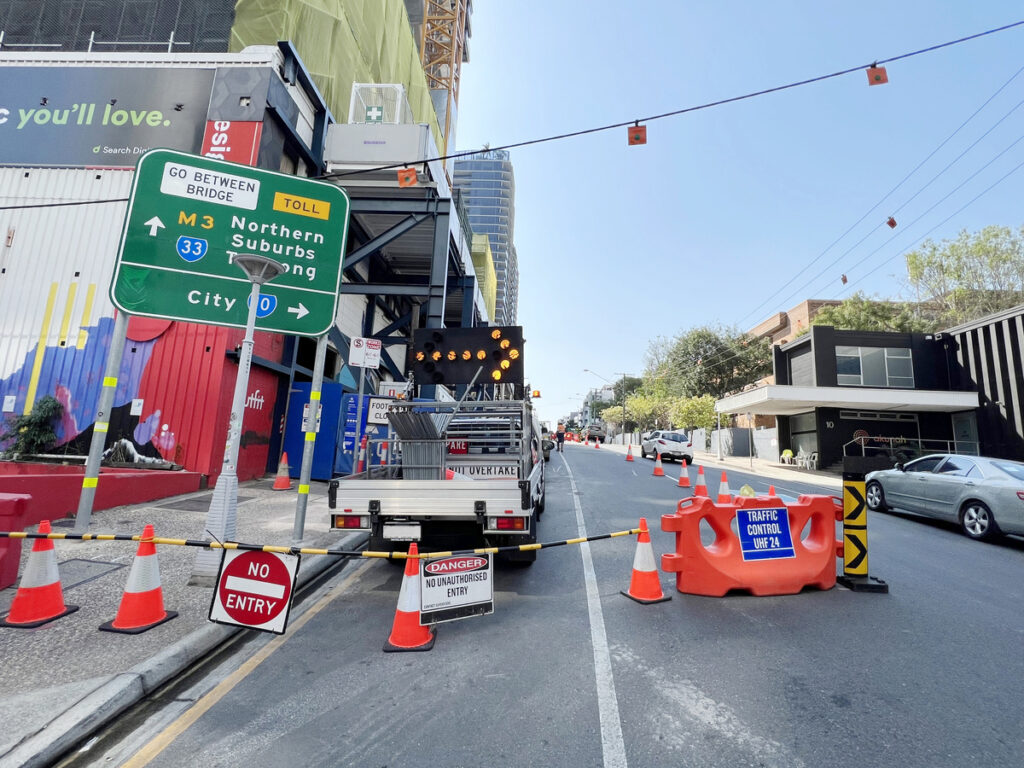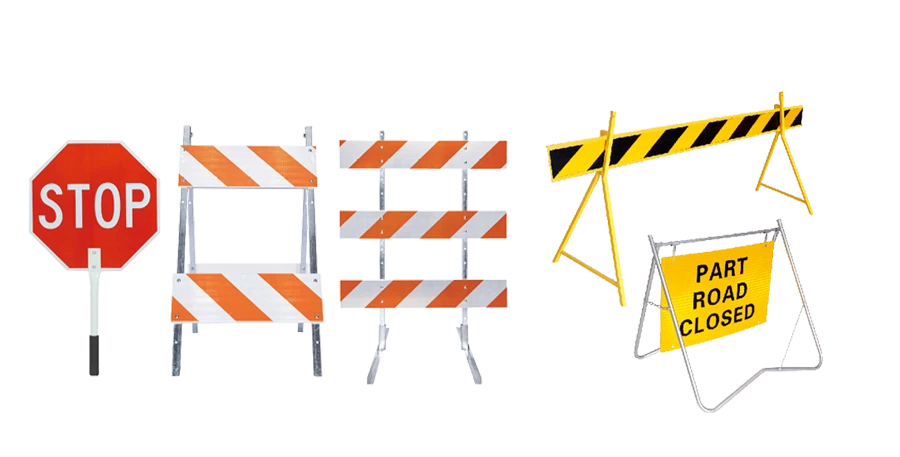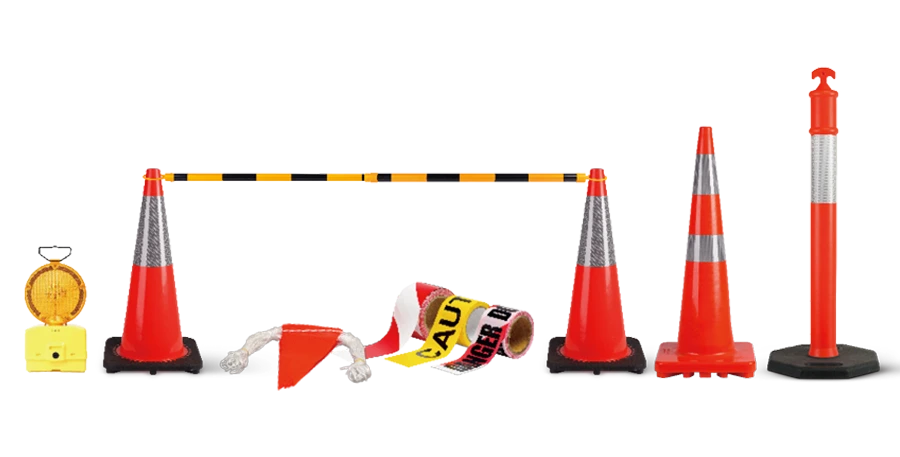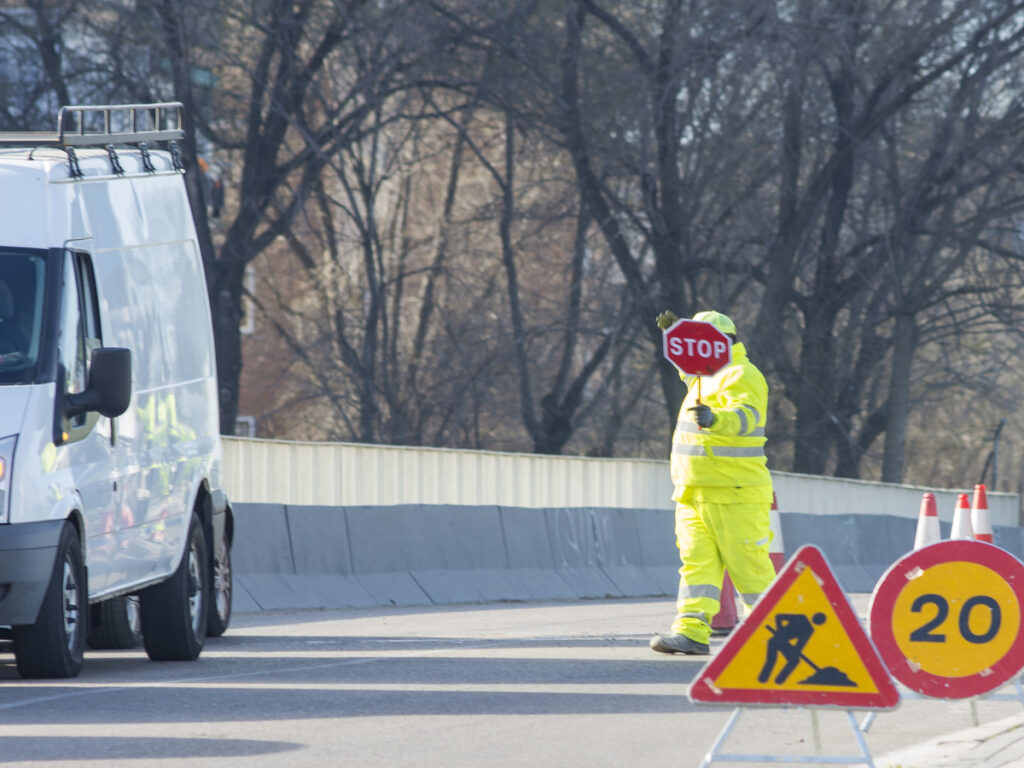
Les panneaux de sécurité routière aident à garder les routes sûres et organisées. Lorsqu'il est placé correctement, ils guident les conducteurs, avertir des dangers, et éviter les accidents. Mais les placer au mauvais endroit peut être dangereux. Saviez-vous que les accidents mortels se sont multipliés 20% depuis 2024? Sur 21,400 des personnes sont mortes dans des accidents de voiture au début 2025 seul. Placer correctement ces panneaux n’est pas seulement une question de règles : cela sauve des vies. La recherche montre que l'utilisation de panneaux d'avertissement appropriés, comme des lumières clignotantes, peut réduire certains accidents de 13%. Cela montre que l'endroit et la manière dont les panneaux sont placés sont très importants..
Principaux à retenir
- Les panneaux de sécurité routière aident à sauver des vies. Les placer correctement peut réduire les accidents en 13%.
- Suivez les règles du fédéral, État, et les gouvernements locaux pour l'emplacement des panneaux. Demandez à votre ministère des Transports local des directives exactes.
- Obtenez toujours un permis avant d’installer des panneaux. Cela garantit que vous respectez les règles de sécurité et évitez de recevoir une amende..
- Assurez-vous que les panneaux sont faciles à voir et à la bonne hauteur. Mettez-les 5 pieds de haut dans les zones rurales et 7 pieds de haut dans les zones très fréquentées.
- Vérifiez et prenez soin des panneaux souvent. Nettoyez-les et assurez-vous que rien ne les bloque pour assurer la sécurité des conducteurs.
Exigences légales et réglementaires relatives aux panneaux de sécurité routière
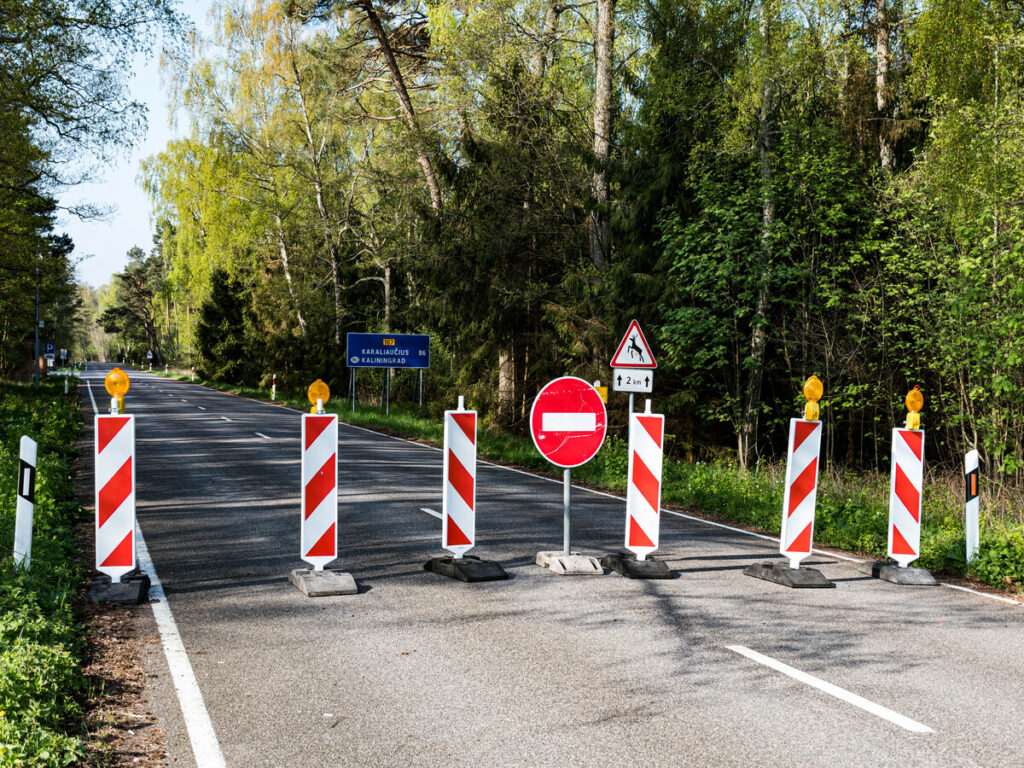
Vous ne pouvez pas placer panneaux de signalisation où tu veux. Des règles existent pour garantir le bon fonctionnement des panneaux, sont faciles à voir, et respecte la loi. Ces règles se répartissent en trois domaines principaux: normes fédérales, règles nationales et locales, et les permis.
Normes fédérales (Lignes directrices MUTCD)
Le Manuel sur les dispositifs de contrôle de la circulation uniformes (Mutcd) est le guide principal pour panneaux de signalisation aux États-Unis. Il explique à quoi devraient ressembler les signes, où ils vont, et comment ils fonctionnent. Par exemple, il indique la taille, couleur, et réflectivité nécessaire pour que les panneaux soient visibles de jour comme de nuit.
Le Administration des routes fédérales (Fhwa) dit panneaux de signalisation contribuer à assurer la sécurité des routes. Leurs règles montrent comment les panneaux réduisent les accidents et améliorent la fluidité du trafic.. Les données prouvent que les panneaux fonctionnent bien dans les endroits à risque comme les zones de travail. Suivre les règles du MUTCD ne consiste pas seulement à obéir aux lois : cela contribue à sauver des vies.
Réglementations nationales et locales
Les règles fédérales constituent la base, mais les états et les villes ont les leurs panneau de signalisation règles. Ceux-ci dépendent de votre emplacement. Certains États ont besoin de panneaux supplémentaires à proximité des écoles ou des zones de construction. Les villes peuvent avoir des règles concernant la hauteur des panneaux ou la distance par rapport au trottoir..
Vérifiez auprès de votre état Ministère des Transports (POINT) ou au bureau routier local pour suivre toutes les règles. Le non-respect de ces règles peut entraîner des amendes ou le retrait des panneaux.. Les règles locales garantissent également que les panneaux répondent aux besoins de votre communauté.
Permis et autorisation pour l'affichage de panneaux
Avant de mettre en place panneaux de signalisation, vous aurez probablement besoin d'un permis. Les permis confirment que vos panneaux répondent aux normes de sécurité et juridiques. Sans un, vous pourriez faire face à des amendes ou perdre vos pancartes.
Obtenir un permis est généralement simple. Les gouvernements locaux expliquent comment postuler. Vous devrez partager des détails tels que l'emplacement du panneau, but, et délai si temporaire. Par exemple, les panneaux de construction peuvent nécessiter un plan de circulation. Vérifiez toujours auprès des bureaux locaux pour éviter les problèmes.
Conseil: Je ne suis pas sûr des règles? Contactez votre DOT local ou une entreprise de signalisation. Ils peuvent vous aider à suivre les règles et à obtenir des permis.
Conseils clés pour l'emplacement des panneaux de sécurité routière
Lors de l'installation de panneaux de sécurité routière, pensez à plus que seulement à l'emplacement. Des choses comme la hauteur, angle, distance de la route, et leur facilité de visualisation sont très importants. Passons en revue cela étape par étape.
Hauteur et angle
La hauteur et l'angle d'un panneau sont très importants. Si un signe est trop bas, les voitures ou les buissons garés pourraient le bloquer. Si c'est trop haut, les conducteurs pourraient ne pas le remarquer. Une bonne règle est de placer le bas du panneau au moins 5 pieds au-dessus du sol dans les zones rurales et 7 pieds dans des endroits où il y a beaucoup de monde qui marche. Par ici, les conducteurs et les piétons peuvent le voir clairement.
L'angle du signe compte aussi. Les panneaux doivent faire face directement à la circulation, avec seulement une petite inclinaison allant jusqu'à 10 degrés. Cela permet aux conducteurs de lire plus facilement sans effort. Utilisez des lettres en casse mixte au lieu de toutes les lettres majuscules pour rendre le texte plus facile à lire, Surtout pour les conducteurs plus âgés.
Voici un tableau simple pour les normes de hauteur et d’angle:
| Exigence | Spécification |
|---|---|
| Taille des lettres | Dépend de la hauteur et de la distance de visualisation |
| Hauteur minimale au-dessus du sol | 40 pouces |
| Hauteur maximale au-dessus du sol | 48 à 60 pouces |
Pour la pointe: Vérifiez vos panneaux à midi lorsque le soleil est le plus brillant. Cela vous aide à voir si la luminosité et l'angle sont corrects.
Distance de la route
À quelle distance doit se trouver un panneau par rapport à la route? Cela dépend du type de route et de la zone. Dans les villes, les panneaux doivent être près du trottoir mais ne pas bloquer les trottoirs. On rural roads, placer des panneaux 6 à 12 pieds du bord du trottoir. Cela les rend visibles mais pas trop près de la circulation.
Ne placez pas de panneaux derrière des objets comme des arbres, poteaux, ou des voitures garées. Les conducteurs ont besoin d’une vision claire pour réagir à temps. Sur les autoroutes, les panneaux d'avertissement doivent être suffisamment espacés pour que les conducteurs aient le temps de ralentir ou de changer de voie.
Visibilité et luminosité
Les panneaux doivent être faciles à voir, jour ou nuit. C'est pourquoi la réflectivité est importante. Les matériaux réfléchissants rebondissent sur les conducteurs, rendre les panneaux visibles même dans l'obscurité.
Le ASTM D4956 la norme explique comment les matériaux réfléchissants doivent fonctionner. Il fixe des règles de luminosité, couleur, et durabilité. Voici un aperçu rapide de ce qu’il couvre:
| Standard | Description |
|---|---|
| ASTM D4956 | Règles pour les matériaux réfléchissants, y compris la luminosité, couleur, et durabilité. |
| Conformité | Les entreprises doivent répondre aux normes ASTM, souvent exigé par les gouvernements. |
| Essai | Les matériaux réfléchissants sont testés en laboratoire avec différents angles de lumière. |
Sur les autoroutes, les panneaux doivent être visibles depuis 500 pieds de distance. Dans les villes, où les vitesses sont plus lentes, les panneaux doivent être visibles depuis 100 à 150 pieds. Utilisez toujours des matériaux hautement réfléchissants pour les panneaux d'avertissement, surtout dans les zones sombres ou dans les endroits à forte circulation nocturne.
Saviez-vous? Faire des lettres sur les panneaux d'autoroute 12% plus gros peut aider les conducteurs à les lire plus rapidement. Les polices comme Clearview facilitent la lecture des panneaux sans paraître trop grandes.
En suivant ces conseils, vos panneaux de sécurité routière suivront les règles et contribueront à assurer la sécurité des routes.
Scénarios spécifiques pour le contrôle temporaire du trafic
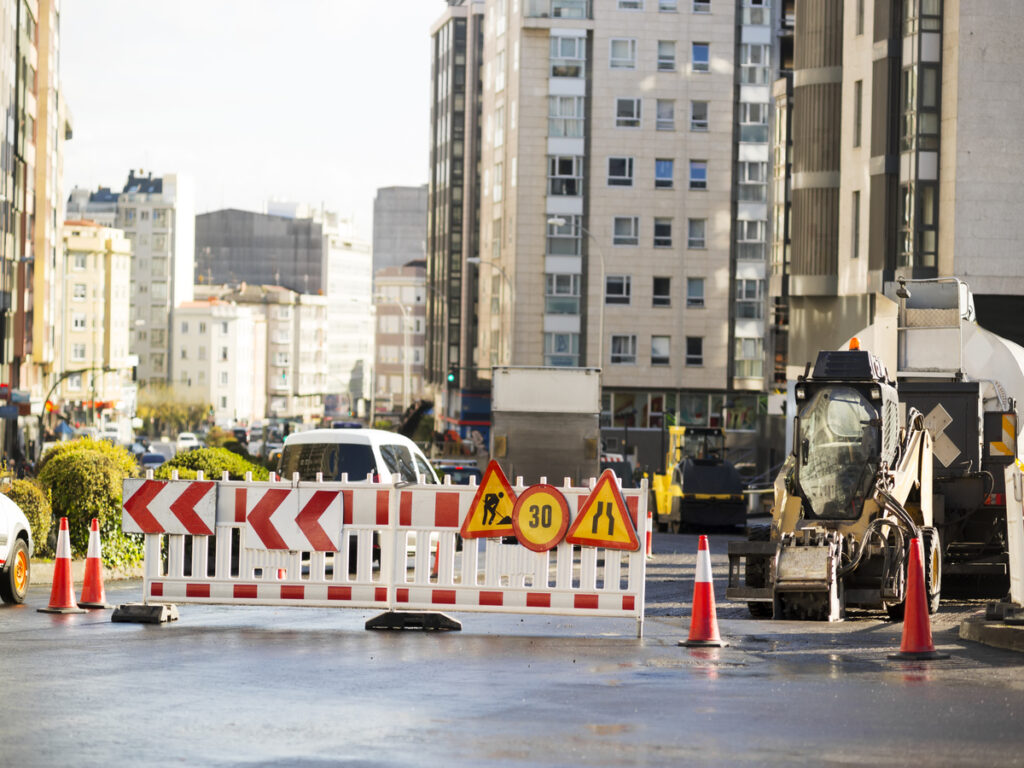
Un contrôle temporaire de la circulation contribue à assurer la sécurité des routes pendant les changements. Que ce soit un zone de travail, routes de ville ou de campagne, ou propriété privée, placement panneaux de sécurité de la circulation assure correctement la sécurité et l'information des personnes.
Zones de travaux et zones de construction
Les zones de travail peuvent être très dangereuses pour les conducteurs et les travailleurs. Signes comme “travaux routiers à venir” et “fin des travaux routiers” aider à guider les conducteurs en toute sécurité. Ils mettent en garde contre les fermetures de voies, détours, ou des limites de vitesse plus lentes. Sans signes clair, les conducteurs peuvent être confus et provoquer des accidents.
À propos 25-30% des accidents dans les zones de travaux se produisent dans des zones d'alerte. Des panneaux plus grands avec des lettres plus hautes donnent aux conducteurs plus de temps pour réagir. Les conducteurs plus âgés profitent particulièrement de ce temps de réaction supplémentaire. Une étude a révélé que des panneaux plus grands ajoutent 1.5 secondes au temps de réponse, ce qui peut prévenir les accidents. Des contrôles de sécurité réguliers dans les zones de travail permettent également de détecter les risques et d'améliorer la sécurité..
Conseil: Nettoyez souvent vos panneaux. Des panneaux sales ou endommagés peuvent dérouter les conducteurs et provoquer des accidents.
Urbain vs. Routes rurales
Les routes de ville et de campagne nécessitent des méthodes de contrôle de la circulation différentes. Dans les villes, les panneaux doivent être près du trottoir mais ne pas bloquer les trottoirs. La sécurité des piétons compte autant que celle des conducteurs. Sur les routes de campagne, Les signes devraient être 6 à 12 à pieds du bord de la route. Cela les rend visibles mais éloignés de la circulation.
Les panneaux doivent être faciles à voir aux deux endroits. Les matériaux réfléchissants rendent les panneaux visibles la nuit ou dans une pénombre. Sur les autoroutes, les signes doivent être visibles depuis 500 pieds de distance. Dans les villes, où les vitesses sont plus lentes, les panneaux doivent être visibles depuis 100 à 150 pieds.
Propriété privée et parkings
L'affichage sur une propriété privée a ses propres règles. Le MUTCD ne couvre pas les parkings privés, mais suivre ses normes est intelligent. Cela réduit les risques et rend la signalisation plus efficace.
Si votre propriété a des routes ouvertes au public, suivre les mêmes règles que la voie publique. Les lois de zonage locales incluent souvent ces règles. Les suivre évite les problèmes juridiques et assure la sécurité de tous.
Note: Les panneaux de propriété privée ne doivent jamais copier les panneaux de signalisation officiels. Utilisez toujours des messages clairs et honnêtes.
Situations temporaires (Événements, Urgences)
Les événements temporaires ou les urgences nécessitent un contrôle rapide de la circulation. Défilés, concerts, ou des barrages routiers soudains nécessitent la sécurité de tous. Temporaire contrôle du trafic aide à gérer ces situations.
Pour les événements, planifier tôt. Décidez où les gens vont se garer, marcher, ou conduire. Utilisez des signes comme “DEVIATION” ou “Stationnement pour événements” pour les guider. Placer des panneaux aux endroits importants. Assurez-vous qu'ils sont faciles à voir. Utilisez des matériaux réfléchissants si l'événement dure tard dans la soirée.
Les urgences nécessitent une action rapide. Si une route est bloquée par un accident ou une catastrophe, mettre rapidement des panneaux d'avertissement. Utilisez des panneaux ou des cônes portables pour rediriger le trafic. Placez-les loin du danger pour que les conducteurs aient le temps de réagir. Dans les villes, donner au moins 100 pieds d'avis. Sur les autoroutes, donner encore plus d'espace.
Vérifiez vos panneaux de sécurité après les avoir installés. Sont-ils clairs? Sont-ils stables? Un panneau tombé peut dérouter les conducteurs ou provoquer des accidents. Des contrôles réguliers maintiennent tout en place.
Pour la pointe: Ayez toujours des panneaux et des cônes portables prêts en cas d'urgence. Cela vous fait gagner du temps et vous aide à agir rapidement.
Temporaire contrôle du trafic c'est plus que de simples signes. Il s'agit de planifier, agir rapidement, et assurer la sécurité des personnes. Avec une bonne préparation, vous pouvez gérer n'importe quelle situation en toute confiance.
Erreurs courantes à éviter lors du placement des panneaux
De petites erreurs avec les panneaux de signalisation peuvent causer de gros problèmes. Les conducteurs peuvent manquer des avertissements, et les piétons pourraient être confrontés à un danger. Voici les erreurs à éviter.
Bloquer les chemins piétonniers
Les panneaux situés aux mauvais endroits peuvent bloquer les trottoirs ou les passages pour piétons. Cela incite les piétons à marcher sur la route, qui n'est pas sûr. Vérifiez toujours que les panneaux ne bloquent pas les sentiers pédestres. Près des intersections, soyez très prudent. Une étude de Zegeer et al.. (1982) a montré des panneaux triangulaires réduisant les conflits entre piétons et véhicules. Les directives MUTCD recommandent désormais ces conceptions.
| Étude | Résultats |
|---|---|
| Zegeer et al. (1982) | Les panneaux triangulaires réduisent les conflits entre piétons et véhicules qui tournent. |
| Robertson et Carter (1984) | Effets mitigés sur les taux d’accidents de piétons aux intersections. |
Utiliser des panneaux non conformes
Certains panneaux ne respectent pas les règles légales. Ceux-ci peuvent dérouter les conducteurs et les piétons. Par exemple, les panneaux non officiels peuvent manquer de couleurs ou de réflectivité appropriées. Cela les rend difficiles à voir, surtout la nuit. Utilisez toujours des panneaux qui respectent les normes MUTCD. Ces règles garantissent que les panneaux sont clairs et visibles. Si cela n'est pas sûr, demandez de l'aide à votre autorité routière locale.
Hauteur ou orientation inappropriée
Les panneaux placés trop bas ou trop haut sont difficiles à voir. Les conducteurs pourraient les manquer, et les piétons pourraient trébucher sur des panneaux mal placés. Gardez les panneaux à la bonne hauteur – 5 pieds dans les zones rurales et 7 pieds dans les zones très fréquentées. Les panneaux doivent faire face directement à la circulation, avec seulement une légère inclinaison. Cela aide les conducteurs à les lire facilement.
En évitant ces erreurs, vos panneaux garantissent la sécurité et l'information de tous..
Obstruer la visibilité du conducteur
Les panneaux de sécurité routière ne doivent jamais bloquer la vue du conducteur. Des panneaux mal placés peuvent cacher des parties de la route. Cela rend plus difficile la visibilité des voitures, personnes, ou des dangers. Les angles morts causés par les panneaux peuvent entraîner des accidents, surtout aux virages ou aux intersections.
Les conducteurs ont besoin d’une vue claire dans les zones clés. Il s'agit notamment d'intersections, alliances, et fusion des voies. Si un panneau bloque ces vues, il n'atteint pas son objectif. Par exemple, un panneau d’avertissement de courbe n’aidera pas s’il est caché derrière un arbre. Les conducteurs doivent voir la route devant eux pour réagir rapidement.
Voici une liste de contrôle simple pour éviter les problèmes de visibilité:
- Ne placez pas de panneaux à proximité de gros objets like trees or poles.
- Vérifiez les lignes de visibilité sous différents angles et distances.
- Placer les panneaux à la bonne hauteur pour tous les types de véhicules.
Pensez à la façon dont les saisons affectent la visibilité. En été, des buissons ou des branches peuvent couvrir les panneaux. En hiver, des tas de neige pourraient les bloquer. Un entretien régulier permet de garder les panneaux visibles toute l'année.
Conseil: Après avoir mis une pancarte, asseyez-vous dans une voiture et vérifiez la vue. Cela vous aide à détecter les problèmes avant qu'ils ne provoquent des accidents.
Garder les panneaux hors de la vue des conducteurs rend les routes plus sûres. Concentrez-vous toujours sur la visibilité lorsque vous choisissez où placer les panneaux de sécurité routière..
Il est important de mettre des panneaux de sécurité de la circulation aux bons endroits. Il ne s’agit pas seulement de règles : il s’agit également d’assurer la sécurité des personnes.. Les panneaux doivent être faciles à voir et à la bonne hauteur. Ils ont également besoin de suffisamment d'espace autour d'eux pour rester à l'écart. Obtenez toujours la permission avant d’installer des panneaux. En faisant ça, vous réduisez les risques et aidez les conducteurs à réagir rapidement. Un bon placement n’est pas seulement intelligent : il peut sauver des vies.
FAQ
Où êtes-vous autorisé à poster des panneaux?
Vous pouvez afficher des panneaux uniquement sur une propriété qui vous appartient ou sur laquelle vous disposez d'une autorisation explicite.. Les routes publiques et les terrains gouvernementaux nécessitent l'approbation de l'autorité compétente.
Où sont les emplacements appropriés pour les panneaux de signalisation?
Les panneaux routiers doivent répondre aux normes locales de hauteur, revers, et visibilité - généralement sur l'épaule, avant les intersections, ou sur des sections droites avec des lignes de visibilité dégagées.
Quelle est la meilleure hauteur pour les panneaux de sécurité routière?
La bonne hauteur dépend de la zone. On rural roads, signs should be at least 5 feet high. Dans les endroits avec des piétons, viser 7 pieds. Cela aide tout le monde à voir les panneaux sans que rien ne les bloque.
Puis-je afficher des panneaux de signalisation sur une propriété privée?
Oui, mais ils ne peuvent pas ressembler à des panneaux officiels ni dérouter les conducteurs. Suivez les règles locales et assurez-vous que les panneaux ne bloquent pas la vue ou les sentiers pédestres. Concentrez-vous toujours sur la sécurité et des messages clairs lorsque vous placez des panneaux sur un terrain privé.
À quelle distance les panneaux d'avertissement doivent-ils être placés par rapport au danger?
La distance dépend de la vitesse à laquelle roulent les voitures. Sur les autoroutes, mettre au moins des panneaux 500 pieds avant le danger. Dans les villes, 100-150 Les pieds suffisent généralement. Cela donne aux conducteurs le temps de ralentir ou de changer de voie en toute sécurité..
Est-il illégal d'installer des panneaux de signalisation?
Oui. L'installation de panneaux de signalisation sur la voie publique sans autorisation est illégale et peut entraîner des mesures d'expulsion et des amendes..


